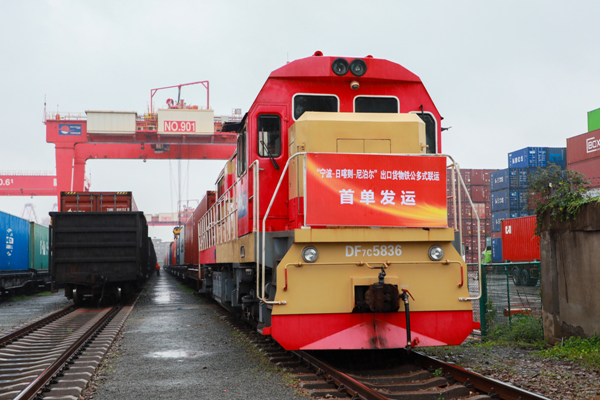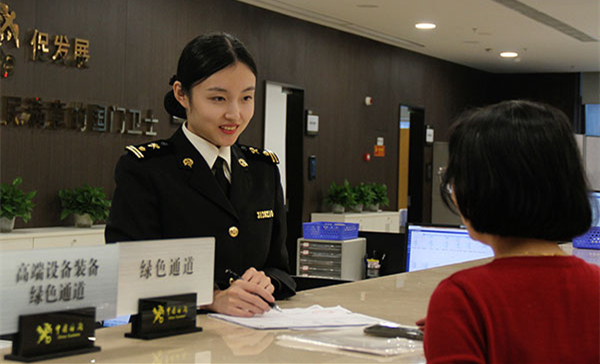China's industrial economy begins Year of the Tiger with vigor
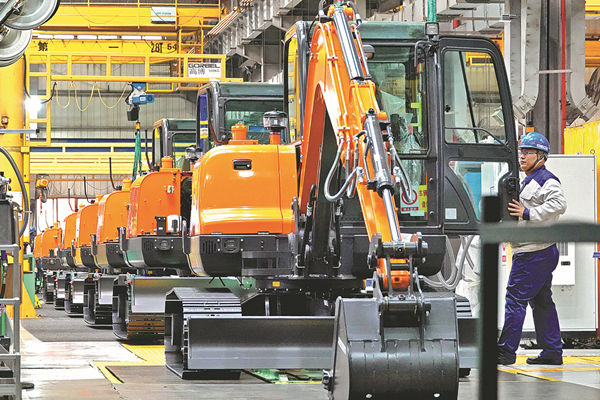
An employee works on the production line of an engineering equipment manufacturer in Yantai, Shandong province. [Photo by Tang Ke/for China Daily]
BEIJING -- With motors rotating and machines roaring, China's industrial firms started the first week after the Chinese Lunar New Year holiday full of vim and vigor.
Facing multiple challenges in 2022, Rong Juchuan, founder of the Beyond Group, a textile company headquartered in Ningbo, East China's Zhejiang province, said the company "can't just wait, but should take the initiative."
In 2022, the company will prioritize improving its digital capabilities and leveraging new sales channels such as live-streaming platforms to lower operating costs and tap into potential demand, said Rong.
Recent economic data has echoed such enthusiasm for business. The purchasing managers' index (PMI) for China's manufacturing sector, a key economic barometer, came in at 50.1 in January, staying in the expansion territory for three months in a row.
In particular, manufacturing companies' confidence was on the rise, with the sub-index for production and operation activity expectations at 57.5, up 3.2 percentage points from a month earlier.
China's economic performance in the first quarter is expected to beat market expectations, said Li Chao, chief economist of Zheshang Securities, citing a PMI remaining above the boom-bust line for three consecutive months and steady credit growth.
The resilience of China's industrial economy was also reflected in other barometers, including the total consumption of electricity.
One of the country's industrial powerhouses, East China's Jiangsu province, saw its total electricity use rise 18.27 percent year-on-year during the holiday, while Hubei, a key manufacturing base in China, reported a 36.45-percent year-on-year increase in power use.
According to an estimate of the China Electricity Council, the country's total electricity consumption will rise by 5 percent to 6 percent year-on-year in 2022.
In the face of headwinds such as high commodity prices and supply chain challenges, China has prioritized stable growth for industrial development in 2022, which is the "ballast stone" of the macroeconomic market.
Xiao Yaqing, minister of industry and information technology, said in a previous interview with Xinhua that ensuring stable industrial growth, particularly a good start in the first quarter of 2022, should be set as the most important task.
To ensure a stable expansion, multiple measures have been rolled out including boosting the development of small and medium-sized enterprises, enhancing supply chain resilience, and giving full play to the role of emerging sectors like new energy vehicles (NEVs).
The ministry aims to incubate about 3,000 "little giant" firms this year, referring to small enterprises in their early stage of development and focusing on high-end technologies.
"In 2022, more importance will be attached to promoting collaboration and innovation among small, medium-sized and large enterprises," said Xu Xiaolan, vice-minister of industry and information technology.
The NEV market could be another driving force shoring up China's industrial growth. The country's NEV sales ranked first globally for a seventh straight year in 2021.
Looking forward, China aims to further facilitate the growth of this booming sector by relieving chip shortages, improving supporting facilities such as battery swapping stations, and carrying out the recycling and utilization of NEV power batteries.

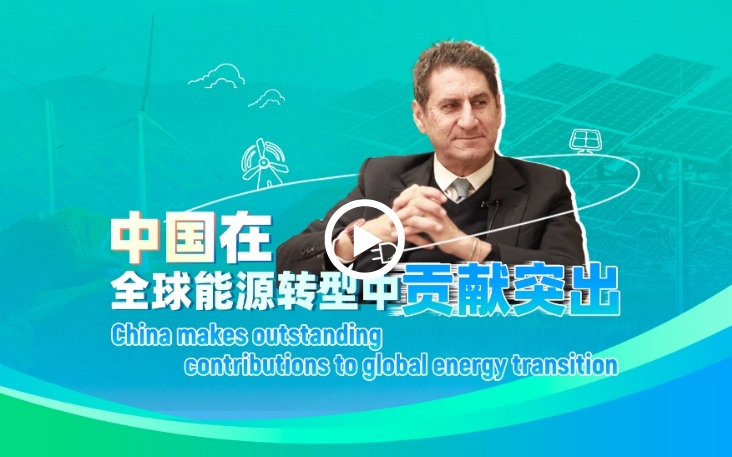 China makes outstanding contributions to global energy transition
China makes outstanding contributions to global energy transition 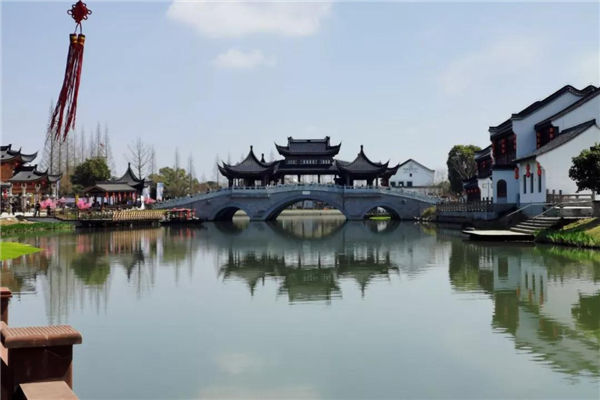 Ningbo village inspires Malawi official
Ningbo village inspires Malawi official 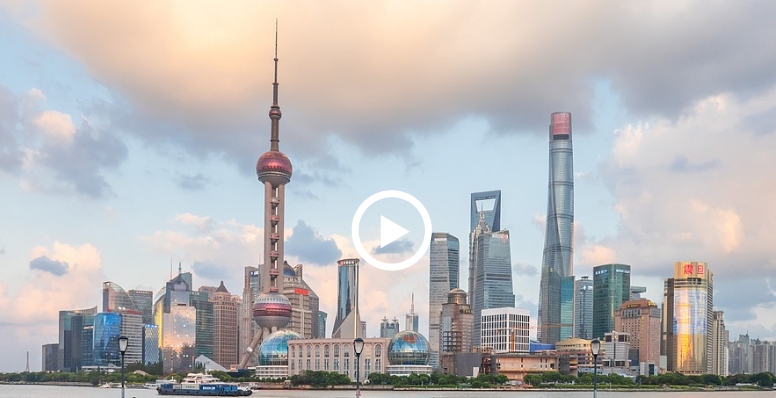 A look at China's economic data in the first three quarters of 2024
A look at China's economic data in the first three quarters of 2024 
